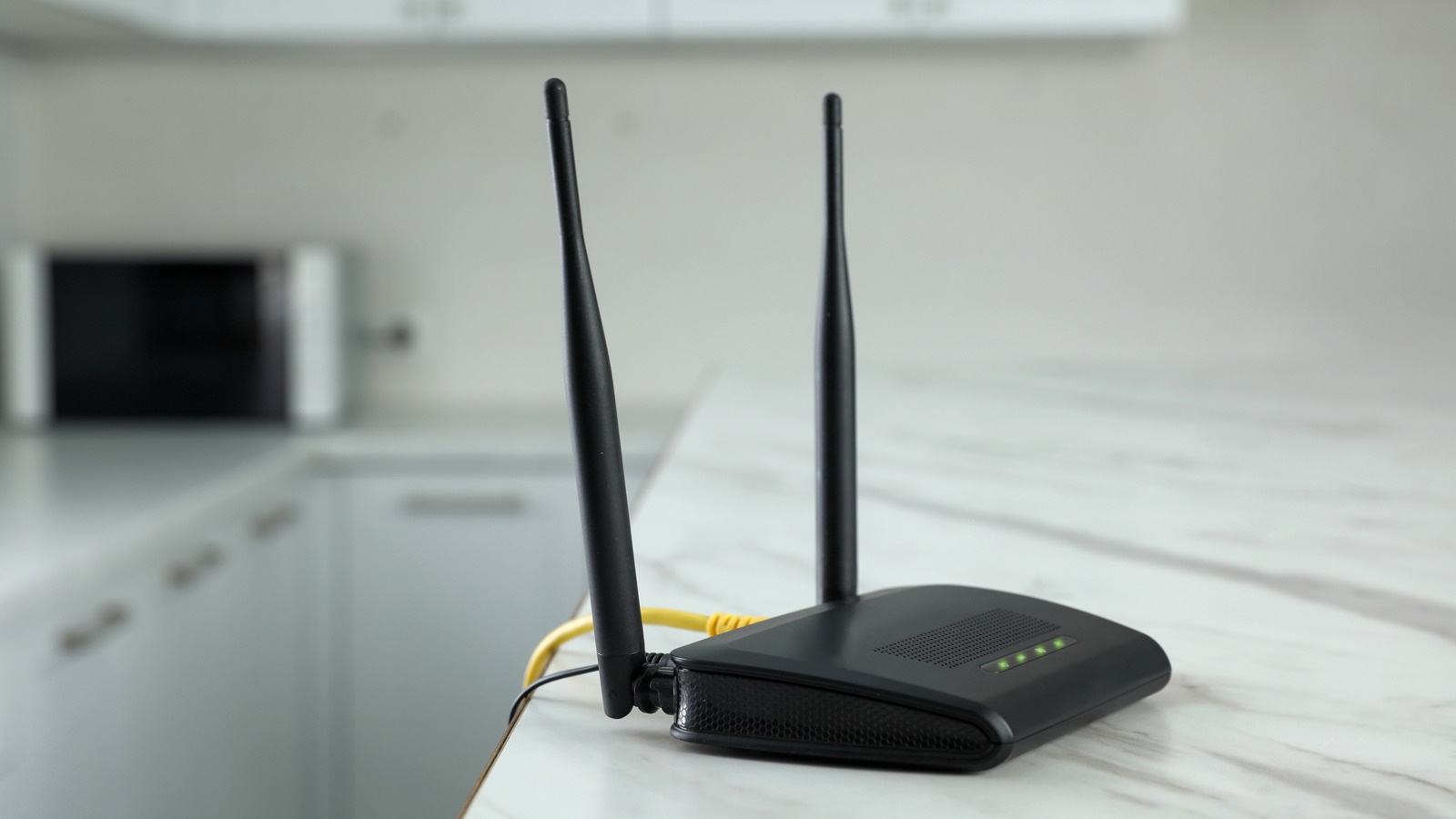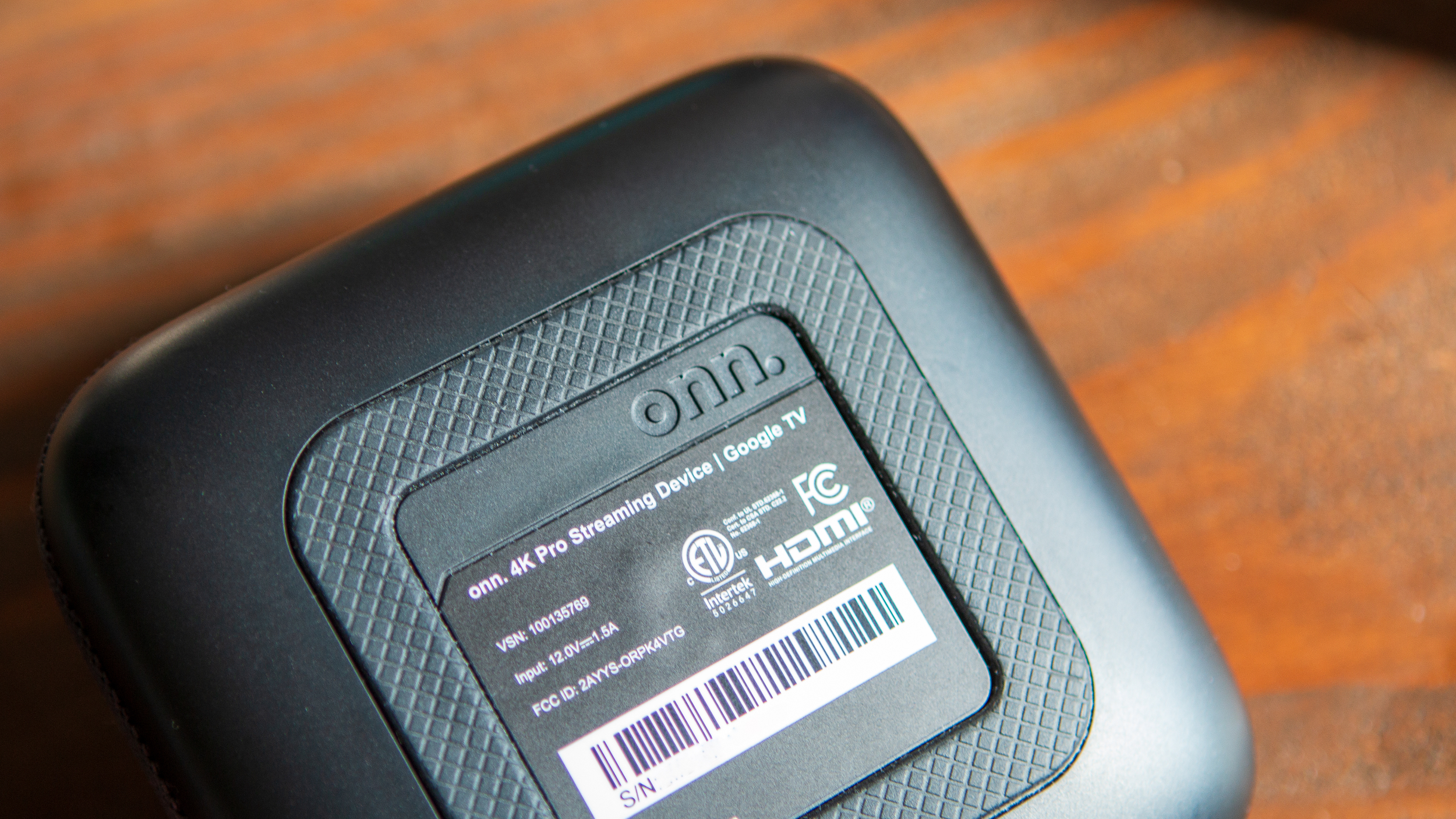How to Calculate R0, R1, and C1 Parameters for RC Circuits?
Introduction to RC Circuits and Parameter Calculation Calculating parameters for RC circuits can seem daunting, especially when dealing with HPPC (Hybrid Pulse Power Characterization) data. If you have run the default simulation provided in MATLAB for the Lithium Battery Cell with a One RC Branch Equivalent Circuit, you may be left with a few questions regarding how the parameters R0, R1, and C1 are mathematically derived. This article provides a mathematically formalized approach to calculating these parameters based on your measurements, allowing you to verify the results from your simulation. Understanding RC Circuit Parameters In an RC circuit, the terms R0, R1, and C1 refer to: R0: The ohmic resistance, which represents the internal resistance of the battery. R1: The transient resistance, related to the resistance experienced during transient events. C1: The capacitance, which defines how much charge the circuit can store. Diagnosing the Calculation Issues You mentioned that after calculating R0 as the voltage drop at the beginning of the pulse divided by the current, your value matched the lookup table. However, for R1 you observed discrepancies. The reason for this can stem from the way in which the transient resistance is defined and measured. It is crucial to ensure that all voltage measurements (V_A, V_B, V_E, V_D) are taken accurately during specific intervals of the circuit’s behavior. Step-by-Step Calculation Method Let’s revisit the steps you’ve used and clarify how to calculate these parameters accurately. Step 1: Calculating R0 From the simulation data: Measure the initial voltage drop (V_A - V_B) at the start of the pulse. Calculate R0 using the formula: R0 = (V_A - V_B) / I; Ensure that you are capturing the current (I) accurately during the pulse discharge. Step 2: Calculating R1 To calculate R1 accurately, follow these steps: After the initial ohmic drop, measure the voltage at two points during the voltage relaxation phase of the discharge: V_E (after relaxation) and V_D (at the beginning). Use the formula to compute R1: R1 = (V_E - V_D) / I; Again, pay close attention to the current as it may fluctuate throughout the pulse. Step 3: Calculating C1 Once R1 is established, you can now calculate the capacitance C1 by determining the time constant (τ) through curve fitting: Fit the voltage data from D to E to deduce τ from the exponential decay curve. Calculate C1 with R1: C1 = tau / R1; Validate the fit visually to ensure the accuracy of τ. Important Considerations Ensure that your measurements reflect stable points during the transient rather than at peak fluctuations or noise. The accuracy of your resistance values is heavily dependent on the measurements taken during critical points in the simulation. If discrepancies persist after reviewing your methodology, consider revisiting the simulation setup to verify that it aligns with real-life behavior, especially with respect to the pulse duration and the measurements taken. Frequently Asked Questions 1. What if my R1 value still differs significantly from the lookup table? Check whether the voltage measurements are taken during consistent points in the transient phase. A consistent reference for current measurement is also critical. 2. How can I confirm the time constant τ? A mathematical software or approach such as MATLAB’s curve fitting tools can help you model the voltage change and extract τ directly. 3. Is there a standard method to calculate these values? Yes, while the formulas above serve as a general guideline, always refer to specific methodologies relevant to your type of circuit and data acquisition techniques. Performance and response can vary with battery chemistry. Conclusion Calculating R0, R1, and C1 accurately involves thoughtful measurement and application of the right formulas. It's essential to use a stable current reference and to ensure that your voltage measurements accurately reflect the dynamic behavior during the pulse discharge. With these refined calculations, you will be able to cross-verify parameters against your simulated results effectively.

Introduction to RC Circuits and Parameter Calculation
Calculating parameters for RC circuits can seem daunting, especially when dealing with HPPC (Hybrid Pulse Power Characterization) data. If you have run the default simulation provided in MATLAB for the Lithium Battery Cell with a One RC Branch Equivalent Circuit, you may be left with a few questions regarding how the parameters R0, R1, and C1 are mathematically derived. This article provides a mathematically formalized approach to calculating these parameters based on your measurements, allowing you to verify the results from your simulation.
Understanding RC Circuit Parameters
In an RC circuit, the terms R0, R1, and C1 refer to:
- R0: The ohmic resistance, which represents the internal resistance of the battery.
- R1: The transient resistance, related to the resistance experienced during transient events.
- C1: The capacitance, which defines how much charge the circuit can store.
Diagnosing the Calculation Issues
You mentioned that after calculating R0 as the voltage drop at the beginning of the pulse divided by the current, your value matched the lookup table. However, for R1 you observed discrepancies. The reason for this can stem from the way in which the transient resistance is defined and measured. It is crucial to ensure that all voltage measurements (V_A, V_B, V_E, V_D) are taken accurately during specific intervals of the circuit’s behavior.
Step-by-Step Calculation Method
Let’s revisit the steps you’ve used and clarify how to calculate these parameters accurately.
Step 1: Calculating R0
From the simulation data:
-
Measure the initial voltage drop (V_A - V_B) at the start of the pulse.
-
Calculate R0 using the formula:
R0 = (V_A - V_B) / I; -
Ensure that you are capturing the current (I) accurately during the pulse discharge.
Step 2: Calculating R1
To calculate R1 accurately, follow these steps:
-
After the initial ohmic drop, measure the voltage at two points during the voltage relaxation phase of the discharge: V_E (after relaxation) and V_D (at the beginning).
-
Use the formula to compute R1:
R1 = (V_E - V_D) / I; -
Again, pay close attention to the current as it may fluctuate throughout the pulse.
Step 3: Calculating C1
Once R1 is established, you can now calculate the capacitance C1 by determining the time constant (τ) through curve fitting:
-
Fit the voltage data from D to E to deduce τ from the exponential decay curve.
-
Calculate C1 with R1:
C1 = tau / R1; -
Validate the fit visually to ensure the accuracy of τ.
Important Considerations
- Ensure that your measurements reflect stable points during the transient rather than at peak fluctuations or noise.
- The accuracy of your resistance values is heavily dependent on the measurements taken during critical points in the simulation.
- If discrepancies persist after reviewing your methodology, consider revisiting the simulation setup to verify that it aligns with real-life behavior, especially with respect to the pulse duration and the measurements taken.
Frequently Asked Questions
1. What if my R1 value still differs significantly from the lookup table?
Check whether the voltage measurements are taken during consistent points in the transient phase. A consistent reference for current measurement is also critical.
2. How can I confirm the time constant τ?
A mathematical software or approach such as MATLAB’s curve fitting tools can help you model the voltage change and extract τ directly.
3. Is there a standard method to calculate these values?
Yes, while the formulas above serve as a general guideline, always refer to specific methodologies relevant to your type of circuit and data acquisition techniques. Performance and response can vary with battery chemistry.
Conclusion
Calculating R0, R1, and C1 accurately involves thoughtful measurement and application of the right formulas. It's essential to use a stable current reference and to ensure that your voltage measurements accurately reflect the dynamic behavior during the pulse discharge. With these refined calculations, you will be able to cross-verify parameters against your simulated results effectively.










































































































































































![[The AI Show Episode 146]: Rise of “AI-First” Companies, AI Job Disruption, GPT-4o Update Gets Rolled Back, How Big Consulting Firms Use AI, and Meta AI App](https://www.marketingaiinstitute.com/hubfs/ep%20146%20cover.png)



























































































































![[FREE EBOOKS] Offensive Security Using Python, Learn Computer Forensics — 2nd edition & Four More Best Selling Titles](https://www.javacodegeeks.com/wp-content/uploads/2012/12/jcg-logo.jpg)



![Ditching a Microsoft Job to Enter Startup Purgatory with Lonewolf Engineer Sam Crombie [Podcast #171]](https://cdn.hashnode.com/res/hashnode/image/upload/v1746753508177/0cd57f66-fdb0-4972-b285-1443a7db39fc.png?#)




























































.jpg?width=1920&height=1920&fit=bounds&quality=70&format=jpg&auto=webp#)



































































![[Exclusive] Infinix GT DynaVue: a Prototype that could change everything!](https://www.gizchina.com/wp-content/uploads/images/2025/05/Screen-Shot-2025-05-10-at-16.07.40-PM-copy.png)
































































































-xl.jpg)




























![New iPad 11 (A16) On Sale for Just $277.78! [Lowest Price Ever]](https://www.iclarified.com/images/news/97273/97273/97273-640.jpg)

![Apple Foldable iPhone to Feature New Display Tech, 19% Thinner Panel [Rumor]](https://www.iclarified.com/images/news/97271/97271/97271-640.jpg)
































































































